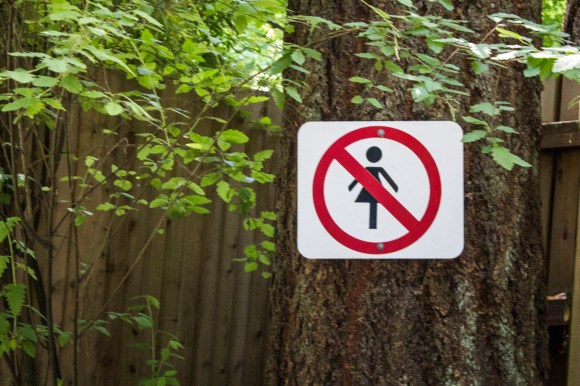
Women have been prohibited from doing certain things (entering places, using facilities, etc.) for as long as civilization has existed. Restrictions are still common, albeit usually in religious contexts only. While religions themselves evolve and change with the times and bans are lifted, it doesn’t mean all of them get an update.
As women, we all know the purported reasons behind these bans: women are “impure” because we menstruate (the same impure biological process that allows us to give life to men), we are the physically weaker sex, and we distract men with our beauty. Yada, yada, yada.
Today, in our Women in Japan Series, we take a look at four things women are still not allowed to do in Japan. I’ve divided them into bans and semi-bans. Bans allow no women; semi-bans allow women–but only sometimes.
Of course, it’s high time these restrictions were lifted. While much headway has been made in the past, such as the lifting of the rule preventing women from climbing Mount Fuji, other bans are proving more stubborn despite protests by Japanese women’s groups. Will these restrictions be lifted anytime soon? Only the Japanese people can decide.
1. Ban: Climbing to the top of Mount Omine
Reason: Women are a “distraction”
If you’ve ever dreamed of climbing Mount Omine in Nara Prefecture (officially known as Mt. Sanjo)–a UNESCO World Heritage Site, and one of the 100 most famous mountains in Japan–we hope you’re not a woman. You might be surprised to learn that UNESCO doesn’t take gender into consideration when awarding World Heritage status, but heritage sites that ban the entire female race can be found in Burma, India, and Greece as well as Japan.
Mt. Omine won World Heritage status as part of a larger category of Sacred Sites and Pilgrimage Routes in the Kii Mountain Range. In fact, the popular Kumano Pilgrimage route goes through the sacred area but makes allowances for women hiking through this part. They are still prohibited, however, from climbing up to Ominesanji Temple at the top of the mountain.
This interdiction is carried over from the old days when, according to Shinto tradition, it was felt that women’s alluring nature would distract male pilgrims from their ascetic duties. Well, perhaps all women were drop-dead gorgeous then, or maybe during those days it was de rigueur for women to hike around naked. But that’s certainly not the case today. Besides, you’d think the real test of a pilgrim seeking religious purity via the strict denial of worldly pleasures, would be to insist that he strictly deny himself worldly pleasures!
▼This sign says: nyonin kekkai (女人結界), or “Women Banned”
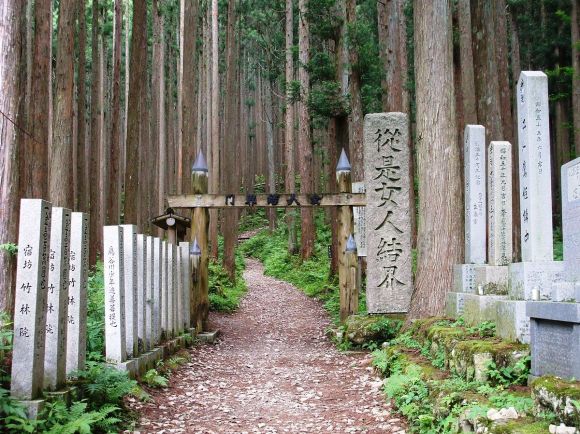
▼Just in case you don’t believe us, here’s a sign straight from the temple, complete with translation especially for foreign enchantresses.
For information on updates to this rule, I made a quick call to Oku Japan, who runs off-the-beaten-track tours to places such as the Kumano Pilgrimage. One of their female guides confirmed the exclusion and said that in recent years they have started taking steps to soften it. She says that while it’s unlikely anyone would try to stop you from entering the mountain path, the local people still take pride in the rule and there may be friction if you enter. She doesn’t recommend pushing the limits.
At any rate, despite the edict seeming inimical to tourism, who are we to decide what local people should allow and not allow within their heritage sites? And one should never disrespectfully trample upon religious traditions. But we can still hope that more softening will take place to the degree of baby softness, and that women will be able to hike up the mountain some day, even while menstruating.
There is one part of the mountain, called Mount Inamura (稲村ヶ岳) that is sometimes referred to as Nyonin Omine (女人大峯), or “Women’s Ōmine,” reserved for ladies. Let’s hope there’s a bar set up there with sake and hors d’oeuvres.
2. Ban: Entering the sumo ring, taking part in sumo competitions and rituals
Reason: women violate the purity of the sumo ring
The Sumo Association claims that since women have traditionally not been allowed to take part in sumo activities through the centuries, that it would be a dishonor to all of their ancestors to change it. Well, that pretty much seals the case since we can’t get permission from the ancestors. Or can we? Why not get in touch with the Itako fortunetellers of Aomori Prefecture, known for their ability to talk with the dead? Surely this is just a formality and all she has to do is run the idea past the sumo ancestors. With the impressive Japanese women in martial arts these days, and the recent ignominy from a decade of scandals, you’d think women would get tacit approval from the ancestors as well. Besides, there have been suggestions that women’s sumo did play a role in some Shinto rituals in the past, so we could clear that up at the same time. Hey, it’s worth a try because as it stands now, women are not allowed to enter the sumo ring even to present prizes to the wrestlers (and yes, women are chosen to give prizes).
And, as with most things that claim women are impure, we’re not that impure since we’re expected to assist our sumo wrestler spouses in their duties, and, should we be married to a stable master, to dedicate our time to helping out those training under him. So there you go: “Behind every successful man is a supportive (impure) woman.”
I might even be fine with excluding women from the sumo ring if the law were a bit more fungible and allowed women to create their own professional league. This is truly long overdue since women’s sumo, called onnazumo, has been around as an amateur sport since the early 18th century. It is now a modern female sport in Japan that includes women of all ages. Yet it is still forbidden from having professional status. And onnazumo is pretty cool, as this video shows:
3. Semi-Ban: Staying in capsule hotels
Reason: Targeted towards businessmen
You may have heard that many of Japan’s capsule hotels are men-only. That’s not true; almost all are men-only. To most people it’s enough to say that the rule doesn’t exist anymore because there are now capsule hotels that allow women. But if a woman just randomly rocks up to a capsule hotel, she’s going to be turned away 99 times out of 100. So it’s more correct to say that women are still not permitted at most capsule hotels.
This budget accommodation, where you stay inside a capsule-like tube, used to be the exclusively for males because such it targeted business men and those who drank until late enough at night to have missed the last train home to the suburbs (the occasional drunk business woman presumably had to either sleep in the gutter or hope she had enough money left over to stay at a higher priced hotel). Some capsule hotels are recognizing that women also work long hours and tend to drink and miss the last train home, and thus have added women’s floors. But not many. Don’t expect to find any that accept females in the countryside. I know–I slept outside once while on the Shikoku Pilgrimage because all the local hotels were full and the one nearby capsule hotel didn’t accept women.
Here are a few female-friendly capsule hotels with English websites: Asahi Plaza in Osaka. Green Plaza in Tokyo and Nine Hours which has long been one of our favorites and has two locations: Narita Airport and Kyoto. Outside of the big cities? Fuggetaboutit!
4. Semi-Ban: Becoming sushi chefs
Reason: Women’s hands are too warm, so could ruin the flavor of the sushi.
This subject has been discussed in much detail in several English media outlets, and it was declared an urban myth by National Public Radio in the U.S.. But the fact remains that many Japanese people still believe women shouldn’t be sushi chefs. And while men are happy to have their wives make sushi at home, the denizens of the kitchen are rarely seen preparing it at restaurants, considered to be the domain of male chefs.
Jiro Ono, owner of the Michelin 3-star restaurant Sukiyabashi Jiro, has a son who told Speakeasy (the Wall Street Journal blog) that women shouldn’t become sushi chefs because they menstruate. In the interview he said, “To be a professional means to have a steady taste in your food, but because of the menstrual cycle women have an imbalance in their taste, and that’s why women can’t be sushi chefs.” He didn’t elaborate on their chances of becoming sushi chefs after menopause.
Of course this is just pabulum to appease the restaurant elites. We know the truth–put a beautiful woman behind the sushi bar and you’ll sell a lot more sushi!
Well, with all the ballyhoo about menstruation and impurity, it’s a wonder women can succeed in anything at all. Yet we do, all by our little menstrual selves. Now, if you’ll excuse me, I’ve got a busy schedule today distracting ascetics and pandering my feminine charm to any male passerby–it’s all in a typical day of a pre-menopausal woman!
Feature Image: Flickr (Quinn Dombrowsky)

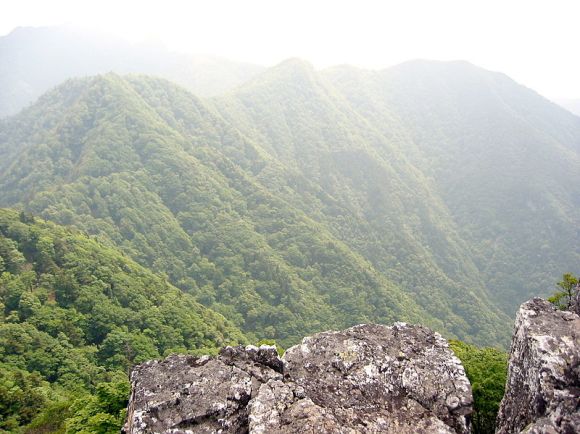
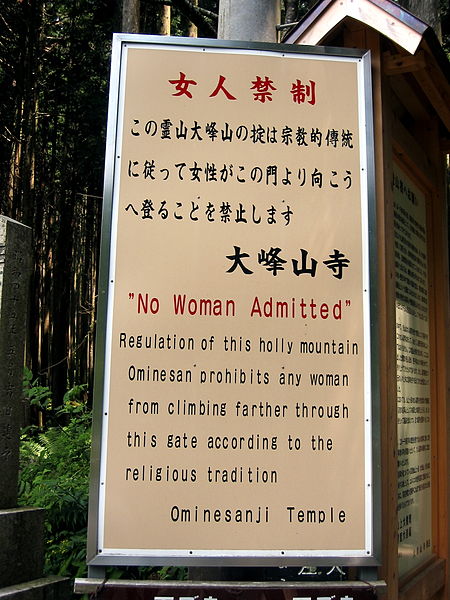
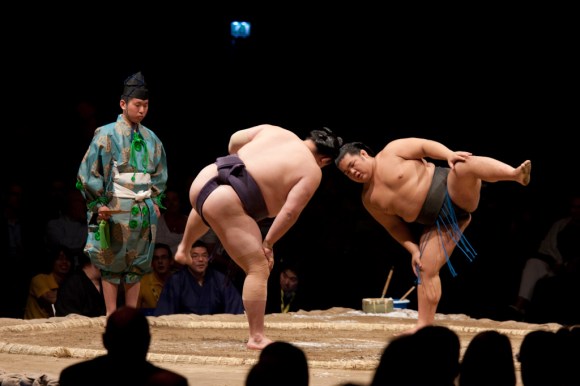
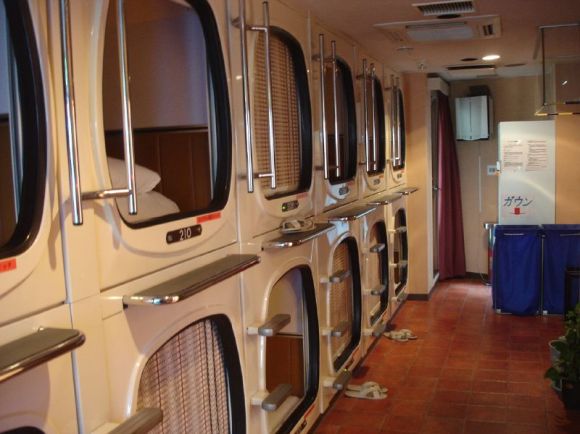
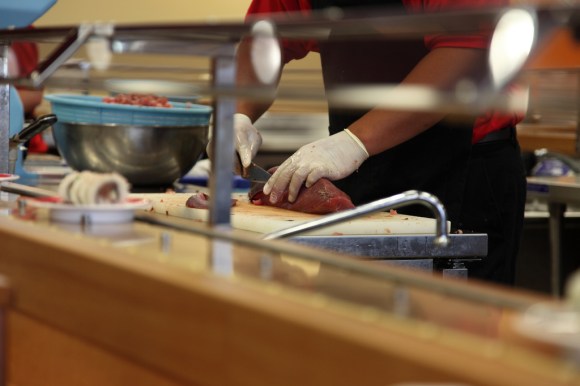
 Four more things women are banned from doing in Japan【Women in Japan Series】
Four more things women are banned from doing in Japan【Women in Japan Series】 10 things that make Japan female-friendly【Women in Japan Series】
10 things that make Japan female-friendly【Women in Japan Series】 We spend a night at Shibuya’s new Nadeshiko Hotel—a capsule hotel for women only
We spend a night at Shibuya’s new Nadeshiko Hotel—a capsule hotel for women only Harajuku’s new permanent Tamagotchi shop is filled with cuteness and a surprising lack of poop
Harajuku’s new permanent Tamagotchi shop is filled with cuteness and a surprising lack of poop We revisited Sweets Paradise after a decade to see if Japan’s dessert buffet still delivers
We revisited Sweets Paradise after a decade to see if Japan’s dessert buffet still delivers McDonald’s Japan’s moon-viewing mochi pies are a little more westernized-tasting this year
McDonald’s Japan’s moon-viewing mochi pies are a little more westernized-tasting this year Japan’s new difficult-to-drink-from beer glass protects your liver, but it’s a brutal experience
Japan’s new difficult-to-drink-from beer glass protects your liver, but it’s a brutal experience We eat the best crayfish of our life at a Tokyo specialty restaurant【Taste test】
We eat the best crayfish of our life at a Tokyo specialty restaurant【Taste test】 Starbucks teams up with 166-year-old Kyoto doll maker for Year of the Horse decorations【Photos】
Starbucks teams up with 166-year-old Kyoto doll maker for Year of the Horse decorations【Photos】 You can now buy a Japanese train station clock in Japan
You can now buy a Japanese train station clock in Japan Harry Potter Cafe opening in Tokyo and the menu is nothing short of spellbinding【Photos】
Harry Potter Cafe opening in Tokyo and the menu is nothing short of spellbinding【Photos】 Is the new Shinkansen Train Desk ticket worth it?
Is the new Shinkansen Train Desk ticket worth it? We visited a “terrible” Japanese hot spring hotel near Narita Airport
We visited a “terrible” Japanese hot spring hotel near Narita Airport Starbucks Japan ready to get Year of the Horse started with adorable drinkware and plushies【Pics】
Starbucks Japan ready to get Year of the Horse started with adorable drinkware and plushies【Pics】 7-Eleven Japan’s ramen-cooking robot whipped us up a bowl of noodles【Taste test】
7-Eleven Japan’s ramen-cooking robot whipped us up a bowl of noodles【Taste test】 Cyberpunk anime meets traditional culture in Ghost in the Shell gold leaf Japanese changing screens
Cyberpunk anime meets traditional culture in Ghost in the Shell gold leaf Japanese changing screens 7 great places to see Mt. Fuji from without having to climb it
7 great places to see Mt. Fuji from without having to climb it Hello Kitty Choco Egg figures are an adorable trip through three periods of Japanese pop culture【Pics】
Hello Kitty Choco Egg figures are an adorable trip through three periods of Japanese pop culture【Pics】 Japan’s otoshidama tradition of giving kids money at New Year’s gets a social welfare upgrade
Japan’s otoshidama tradition of giving kids money at New Year’s gets a social welfare upgrade We found possibly the quietest Japanese-style hotel in Tokyo’s bustling Shinjuku district
We found possibly the quietest Japanese-style hotel in Tokyo’s bustling Shinjuku district Lacquerware supplier to emperor of Japan and Pokémon team up for new tableware
Lacquerware supplier to emperor of Japan and Pokémon team up for new tableware Sumo Sanrio! Hello Kitty and pals team up with Japan Sumo Association for new merch【Pics】
Sumo Sanrio! Hello Kitty and pals team up with Japan Sumo Association for new merch【Pics】 Can a dirty butthole make you filthy rich in Japan? We’re starting a New Year’s lottery experiment
Can a dirty butthole make you filthy rich in Japan? We’re starting a New Year’s lottery experiment 7-Eleven Japan starts new temporary luggage storage service in over 300 branches
7-Eleven Japan starts new temporary luggage storage service in over 300 branches Disillusionment at Tsukiji’s tourist-target prices led us to a great ramen restaurant in Tokyo
Disillusionment at Tsukiji’s tourist-target prices led us to a great ramen restaurant in Tokyo Tokyo considering law requiring more trash cans following litter increase in heavily touristed area
Tokyo considering law requiring more trash cans following litter increase in heavily touristed area Tokyo’s Tsukiji sushi neighborhood asks tour groups to stay away for the rest of the month
Tokyo’s Tsukiji sushi neighborhood asks tour groups to stay away for the rest of the month Nintendo’s Kirby now delivering orders at Kura Sushi restaurants, but not in Japan
Nintendo’s Kirby now delivering orders at Kura Sushi restaurants, but not in Japan Tokyo event lets you travel back in time, for free, to celebrate 100 years since Showa era start
Tokyo event lets you travel back in time, for free, to celebrate 100 years since Showa era start Sanrio theme park in Japan announces plans to expand into a Sanrio resort
Sanrio theme park in Japan announces plans to expand into a Sanrio resort Japan may add Japanese language proficiency, lifestyle classes to permanent foreign resident requirements
Japan may add Japanese language proficiency, lifestyle classes to permanent foreign resident requirements Survey asks foreign tourists what bothered them in Japan, more than half gave same answer
Survey asks foreign tourists what bothered them in Japan, more than half gave same answer Japan’s human washing machines will go on sale to general public, demos to be held in Tokyo
Japan’s human washing machines will go on sale to general public, demos to be held in Tokyo Japan’s deadliest food claims more victims, but why do people keep eating it for New Year’s?
Japan’s deadliest food claims more victims, but why do people keep eating it for New Year’s? We deeply regret going into this tunnel on our walk in the mountains of Japan
We deeply regret going into this tunnel on our walk in the mountains of Japan Studio Ghibli releases Kodama forest spirits from Princess Mononoke to light up your home
Studio Ghibli releases Kodama forest spirits from Princess Mononoke to light up your home Major Japanese hotel chain says reservations via overseas booking sites may not be valid
Major Japanese hotel chain says reservations via overseas booking sites may not be valid Put sesame oil in your coffee? Japanese maker says it’s the best way to start your day【Taste test】
Put sesame oil in your coffee? Japanese maker says it’s the best way to start your day【Taste test】 No more using real katana for tourism activities, Japan’s National Police Agency says
No more using real katana for tourism activities, Japan’s National Police Agency says Starbucks Japan reveals new sakura drinkware collection, inspired by evening cherry blossoms
Starbucks Japan reveals new sakura drinkware collection, inspired by evening cherry blossoms Updated cherry blossom forecast shows extra-long sakura season for Japan this year
Updated cherry blossom forecast shows extra-long sakura season for Japan this year
Leave a Reply